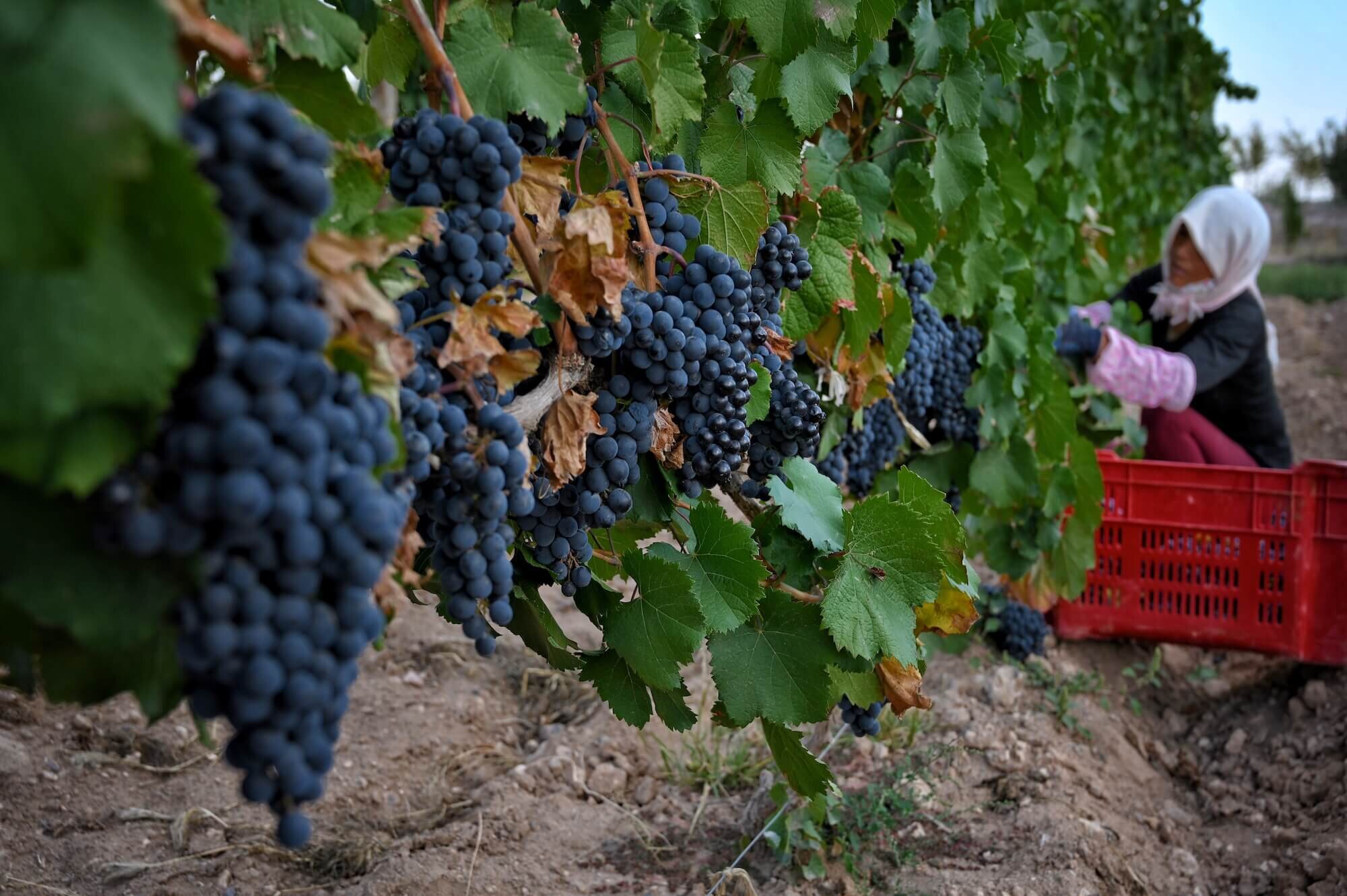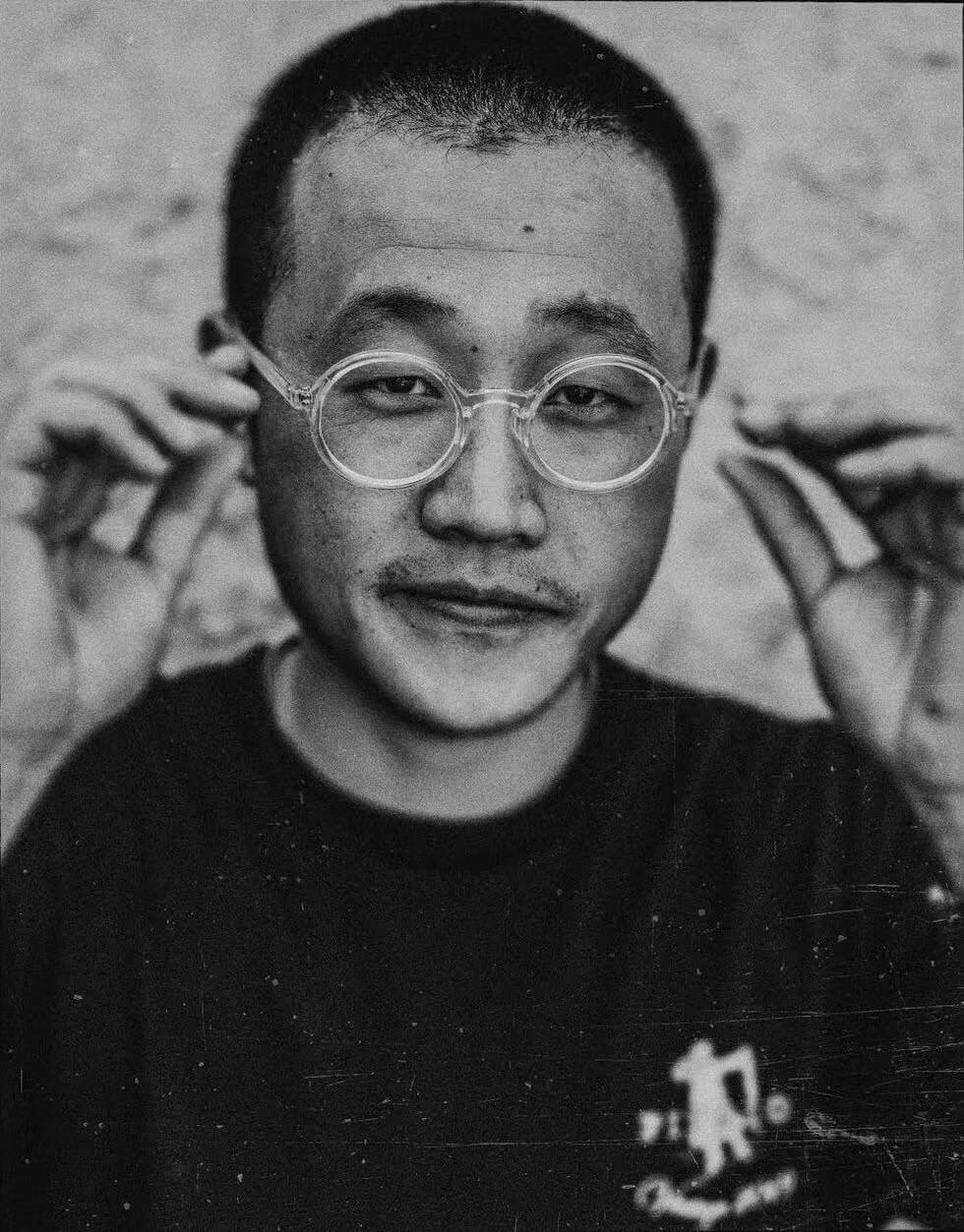Opportunities and Challenges from China’s Premier Wine Region Ningxia
China has several wine producing regions of note. Shandong is the largest wine producing region, located in Eastern China, massive Xinjiang is in the far west and is part of the historic Silk Road linking China and the Middle East, and tropical and mountainous Yunnan is located in the south of the country. But Ningxia might be the most promising wine region in all of China. While Ningxia wines have successfully competed with other wines from around the world in international competitions, wineries in the region are facing challenges that will have to be overcome, for Ningxia to become THE fine-wine region of the country.
Profile of Ningxia
Ningxia is one of five semi-autonomous Chinese wine-producing regions along with Xinjiang, Inner Mongolia, Guangxi and Tibet. The history of wine began here in 1984, with the opening of the first government-owned winery named "Xixia King" (西夏王). The OG winery is still in operation, but has been joined by roughly 200 others, according to the Ningxia Wine Bureau.
All the wineries are located within a perimeter of roughly 150 km north and south of the provincial capital: Yinchuan. A combination of factors allows viticulture around the city of Yinchuan:
- A protective barrier from the elements, the Helan mountains, shield against the arid winds from the Tangger desert (literally located on the other side of the Helan mountains)
- Hot and dry summers, allowing the grapes to ripen in optimal conditions
- 1000M altitude on average in the area, allowing the diurnal flux: an essential parameter to maintain acidity in the wines.
Ningxia Wineries
In Ningxia, there are some major international producers among the 200 wineries including Chandon (LVMH), Helan Mountain (Pernod Ricard), as well as Changyu, China’s biggest and oldest wine brand, and Great Wall, another domestic giant. Apart from these few exceptions, most of the wineries belong to the boutique category, which is often family-run houses, producing 100,000 to 300,000 bottles per year.
If the recent wine boom seems to reflect a gold rush, the truth is a bit more complex: Ningxia also has its share of challenges that are sometimes difficult to overcome for small wineries. Many of the operations in the vineyards are carried out by hand, including burying the vines in winter to protect them from the Siberian cold that lasts from November to March. This leads to prices per bottle that start around 20 USD, which then must be sold to a domestic market that is still in its infancy.
Two wineries show the range of production styles in the region. Xige Estate and Xiao Pu.
The High Volume Producer: Xige Estate
Founded 2017
1000 hectares (about 2,471 acres) of old vines purchased + 1000 Hectares planted
Production target: 6-7 million bottles / year
With its first vintage (2017) released in 2019, Xige Estate is still very young, however, this impressive project is led by a team of seasoned professionals. Its founder, Zhang Yanzhi(张言志) is A DNO graduate (National Diploma of Oenology) from the famous Institute of Vine & Wine Sciences (ISVV) in Bordeaux, as well as the only Chinese member of Bordeaux académie du vin. Zhang Yanzhi has a long career as a wine importer in China, as well as a deep knowledge of the market and the different terroirs of the country.
Mr Zhang is assisted by Vice general manager and Chief winemaker Liao Zusong (廖祖宋), graduated from the College of Enology of Northwest A&F University.
He has been working with founder Zhang Yanzhi for several years, including on a previous smaller winery opening, also in Ningxia.
The winery also works with several consultants such as Jean Jacques Dubourdieu, a famous French winemaker in charge of five wineries of his family apart from his collaboration with Xige. In addition, the winery hired a marketing specialist and a Director of International Affairs and Brand Ambassador, Christelle Chene. With her 10 years of experience in the trade and promotion of wine in China, Christelle is also the French-speaking source for what’s going on at Xige Estate. Says Chene, "Xige is a huge project that has demanded a big investment. It is not just to have fun and spend some money around building a fancy winery to show off, it is really a well-thought-through project with one goal in mind: being able to make fine wine with large volumes in China and to offer great ratio/price quality wines. The Chinese market, where the consumption of wine is still growing and where the consumers have been educated with wine for over 20 years is now looking more and more for domestic fine wines " says Chene.
Due to its status as the largest fine-wine producer in Ningxia, a team of experienced professionals, and its large production capacity, Xige is best positioned to offer quality wines, at a competitive price.
In regards to the advantage of Nixia over Shandong or Hebei, Chene says, "Ningxia is the only wine region that offers all the conditions to become a world class wine region in China-- affordable and available land, support of the government, labor force, equipment, technologies, and great potential to develop wine tourism,” she adds, “No other regions could have offered us those conditions to successfully launch a project such as Xige, not to mention the natural conditions (i.e climate and soil) that allow the production of rich and aromatic wines with great aging potential.”
The Innovator: Xiao Pu
While the primary style of Ningxia wines are oaky, full-bodied Cabernet Sauvignon-based reds, that isn’t all it produces. There are also winemakers who innovate, experimenting with small production.
This is the case of Ian Dai who, with Xiao Pu (literally “small garden”), offers Natural Style / Low-intervention wines from Ningxia (and Yunnan) grapes. Ian Dai has lived in Shanghai for many years where he has been working in the wine industry as sommelier and wine educator. In 2017, after thinking about it for many years, he created his own wine, Xiao Pu.
Consumption of natural wine in China is in its infancy, with most of the consumption occurring in large cities: mainly Shanghai and Beijing. Making Chinese Natural wine may sound like a niche within a niche, but this is what Dai has been doing for over 5 years.
Says Dai, "I make natural-style wines because it's easier and more suitable for the volume I am making. I don't grow the vines. I purchase grape and concentrate all my effort into the production of the wines. I want with as low human intervention as possible. I am making super small batches, which allows me to reduce to the minimum the human intervention in winemaking. All my whites are orange-wines thanks to skin contact. I barely add SO2 nor yeast and I don't filter any of my wines.”
Dai doesn't face the uncertainty of launching a winery that will take years to make a profit. His price ranges from ¥ 168 to ¥ 300+ ($26-46) bottle, remains acceptable especially for Ningxia. "My aim is to propose young, fresh and lively wines to drink at their early ages" says Dai.
Undoubtedly, the wines of Ningxia have carved out a reputation that will keep growing.
Future success is dependent upon building efficient distribution channels, while controlling their production costs in order to guarantee a price per bottle that is attractive to a local wine market.





